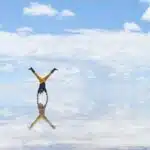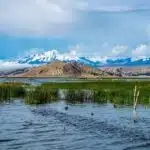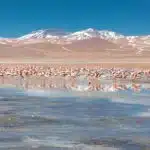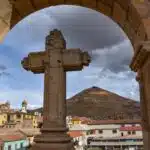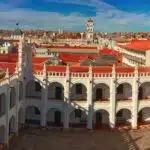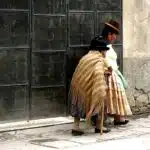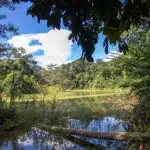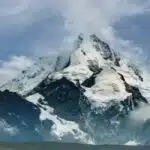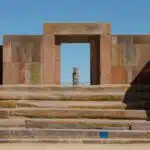Bolivia’s Yungas Road, more commonly known as the Death Road, is one of the most exhilarating and notorious cycling routes in the world. With its dramatic scenery, steep drops, and thrilling switchbacks, this adventure is not for the faint of heart, but it’s an experience you’ll never forget.
What is the Death Road?
The Death Road earned its chilling name due to its history as one of the world’s most dangerous roads. Originally built in the 1930s by Paraguayan prisoners, this 64-kilometer stretch of road descends from the high-altitude capital of La Paz (3,650 meters) to the lush, subtropical town of Coroico (1,200 meters). With steep cliffs plunging up to 600 meters on one side and only narrow gravel paths on the other, the road claimed hundreds of lives annually when it was the main route between these two cities.
Today, a safer, modern road has replaced the old route for vehicles, and the Death Road has become a must-do for thrill-seeking cyclists from around the globe.

The Ride: What to Expect
Cycling the Death Road is an adrenaline-pumping experience. The ride typically begins at La Cumbre Pass, located at an altitude of around 4,700 meters (15,420 feet). Here, you’ll start in the cold, crisp air of the Andes, surrounded by snow-capped peaks and barren landscapes.
As you begin your descent, you’ll notice the landscape changing dramatically. The road winds down through cloud forests, past waterfalls that cascade onto the path, and into the verdant Yungas region. The temperature rises as you descend, and the environment becomes increasingly lush and humid.


- Stunning Scenery: The contrasts in the scenery are breathtaking—from high-altitude mountains to dense tropical forests, you’ll be surrounded by nature’s splendor.
- Adrenaline Rush: The road is narrow, often no wider than a single lane, with sheer drops on one side. The thrill of navigating these challenges, coupled with the stunning views, makes for an unforgettable experience.
- Waterfalls: You’ll pass several waterfalls that flow directly onto the road, adding to the adventure as you ride through or around them.
- Wildlife: Keep an eye out for exotic birds, butterflies, and other wildlife as you move through different ecosystems.
Safety First in the Death Road
While the ride is thrilling, safety is paramount. Most cycling tours are led by experienced guides who provide high-quality mountain bikes, helmets, gloves, and protective gear. They also offer a safety briefing before the ride, emphasizing caution, especially on the narrow sections.
It’s essential to choose a reputable tour company with a good track record for safety. Your guides will also be equipped with first aid kits, and some tours include a support vehicle that follows the group in case of emergencies.
Is the Death Road the Right Adventure for You?
Cycling the Death Road is suitable for adventurous travelers who are reasonably fit and have some experience with mountain biking. The ride is mostly downhill, but the gravel surface and occasional need to navigate sharp turns and water crossings require a good level of control and confidence on a bike.
After the Ride
After completing the ride, most tours end in Coroico, a small town where you can relax, enjoy a meal, and even take a dip in a pool to cool off. It’s the perfect way to unwind after the intense ride and reflect on the epic journey you’ve just completed.
Cycling the Death Road is a rite of passage for adventure travelers in Bolivia. It’s an experience that combines awe-inspiring natural beauty with heart-pounding excitement. While the road’s history is sobering, the opportunity to ride it today is a thrilling way to connect with the landscapes and spirit of Bolivia.
If you’re up for the challenge, cycling the Death Road will undoubtedly be one of the highlights of your travels in South America.

